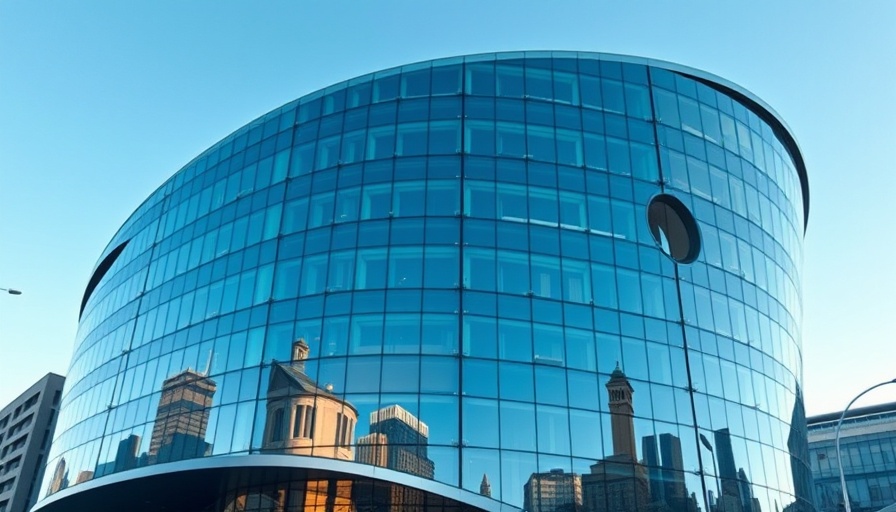
A Beautifully Crafted Townhouse: A Perfect Union of Function and Style
In an elegant display of contemporary architecture nestled within the vibrant heart of East London, Nikjoo architecture studio has unveiled a remarkable residence dubbed Lode. This red brick townhouse, an amalgamation of comfort and efficiency, stands out not only for its appealing aesthetics but also for its innovative design that transforms a previously-utilized parking space into a thriving living environment.
The intimate three-bedroom home's design stands in stark contrast to its limited site, with elements that reflect the distinct British architectural vernacular, particularly reminiscent of traditional Victorian terraces. The precise choice of deep red brick, interwoven with pink mortar, conveys a warmth that resonates deeply with the neighborhood's cultural fabric.
The Significance of Urban Infill Housing
Urban infill projects, such as Lode, play a crucial role in the evolution of cities, speaking volumes about the demand for sustainable and space-efficient housing solutions amidst rising urban density. Infill housing revitalizes neighborhoods, utilizing underused or vacant lots while preserving the community’s architectural integrity. Lode does precisely that by seamlessly blending modern design with historic elements, creating a new type of urban sanctuary.
Architectural Highlights: An Exploration of Lode's Features
As you step inside Lode, you are greeted by expansive open-plan living spaces awash with natural light, thanks to strategically placed tall windows and large skylights. The ground floor hosts a contemporary kitchen, dining, and living area designed for both relaxation and productivity, providing an ideal backdrop for a remote work lifestyle. With the rise of digital nomadism, the demand for efficient workspaces has surged, making the integration of comfort and functionality paramount.
Additionally, the incorporation of multiple outdoor spaces, including courtyards and a rooftop terrace, fosters a connection with nature—a vital aspect for many working from home. These serene external areas offer not just aesthetic value but also contribute to mental well-being, essential in today’s fast-paced society.
Community Perspectives: The Debate Over Design
Local reactions to Lode have been celebratory and varied. One reader lauded the project as a "beautifully crafted house on a limited site," highlighting the dynamism of its design. In contrast, others pointed out that specific functional aspects, such as the kitchen setup, detracted from its overall appeal, showcasing that community engagement in architectural discourse brings a wealth of perspectives. This reflects a broader trend where sustainable discussions around modern living intersect with individual preferences and usability.
Future Predictions: The Direction of Urban Architecture
As urban populations continue to swell, it’s imperative to rethink how we design and utilize space. Architectures like Lode point towards a future where form must meet function in an increasingly compact urban landscape. Expect to see a surge in projects that prioritize eco-friendliness, practical design, and community integration, proving that architecture can be both aesthetically pleasing and sustainably sound.
In summary, the unveiling of Lode symbolizes more than just an architectural triumph; it mirrors the shifts in our societal values—emphasizing community, sustainability, and the necessity for innovative design amidst urban growth. As we embrace this new wave of urban living, it places us at the forefront of redefining spatial dynamics in our cities.
Connecting to the Future of Work
For digital nomads and remote workers, spaces like Lode present valuable insights into creating a home that inspires productivity. By incorporating ergonomic designs and mindful layouts, residents can enhance both their professional and personal lives in a transformative environment, fostering creativity and well-being.
As we look ahead to future architectural endeavors, embracing developments similar to Lode will be essential for making cities work better for everyone. For those interested in how you can incorporate similar principles in your own workspace or home design, consider subscribing to our newsletter for more insights on innovative living spaces. Join the discussion about the future of urban living today!
 Add Row
Add Row  Add
Add 




Write A Comment